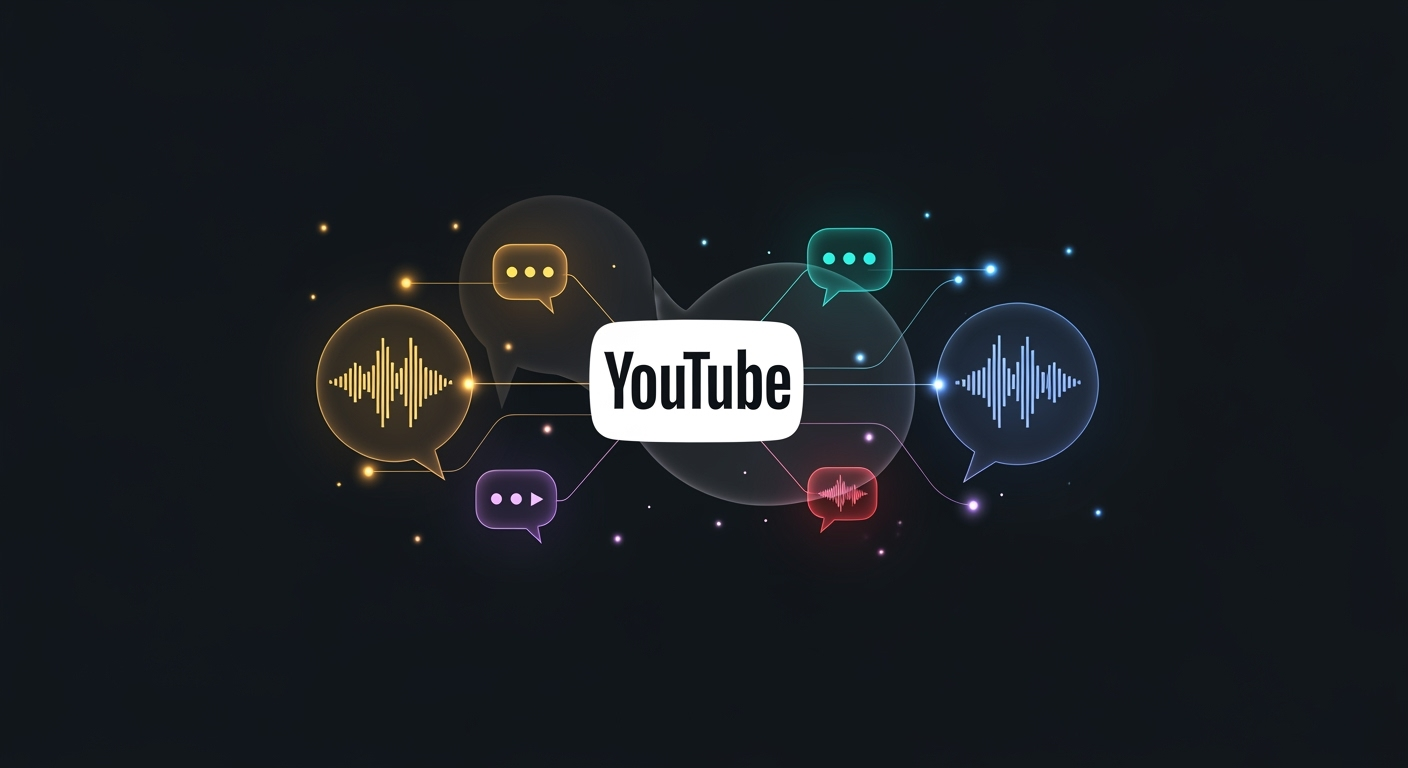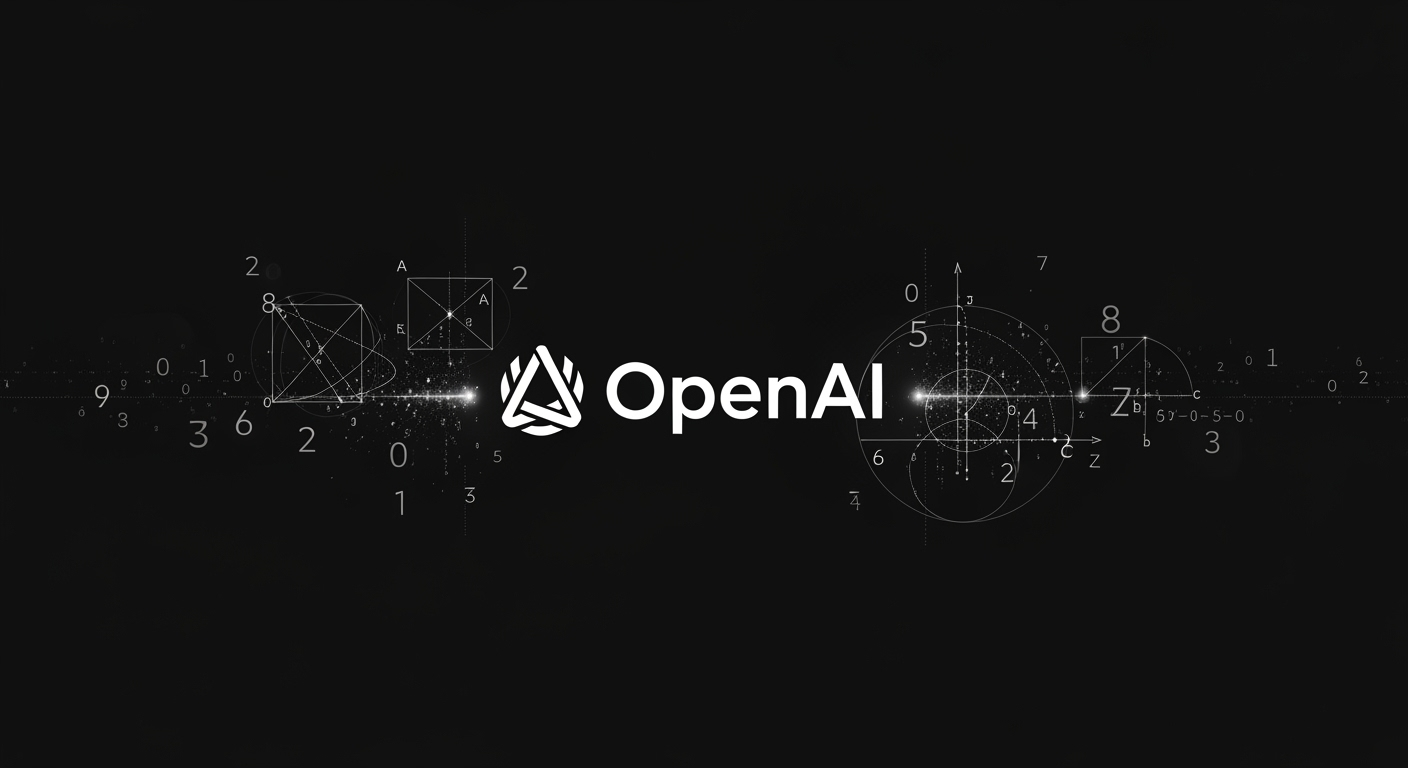YouTube Expands Multi-Language Audio Dubbing to All Creators

YouTube Opens Multi-Language Audio Dubbing to All Creators
In a significant move toward global accessibility, YouTube has officially launched its multi-language audio feature for all creators. This update allows millions of content creators to add dubbed audio tracks in multiple languages, making their videos accessible to a much larger international audience.
What Is the Multi-Language Audio Feature?
Originally tested with a select group of high-profile creators like MrBeast, Mark Rober, and Jamie Oliver, this feature lets creators upload alternate audio tracks so viewers can watch videos in their preferred language. The rollout follows a two-year pilot program and is expected to reach all users over the coming weeks.
Integration of AI-Powered Dubbing
Initially, creators relied on third-party dubbing services, but YouTube has recently rolled out an AI-powered auto-dubbing tool. Powered by Google’s Gemini technology, this tool can replicate a creator’s tone and emotional delivery, streamlining the localization process and maintaining the authenticity of the content.
Proven Impact on Audience Reach
YouTube shared that creators testing the multi-language audio feature saw measurable success. For example:
- On average, over 25% of watch time on these videos came from views in non-primary languages.
- Jamie Oliver’s channel, after adopting multi-language audio, tripled its views.
Localized Thumbnails for Better Engagement
Beyond audio, YouTube is also experimenting with multi-language thumbnails. Selected creators can now customize thumbnail text to match the viewer’s language, enhancing click-through rates and better serving international audiences.
What Does This Mean for Creators and Businesses?
With these enhancements, businesses and creators can:
- Expand their reach to new markets without producing entirely new content for each language.
- Offer a more personalized viewing experience, increasing engagement and watch time.
- Leverage AI to streamline and scale their localization efforts affordably.
As YouTube continues to test and roll out new localization tools, the platform is poised to become even more accessible and impactful for global audiences.





